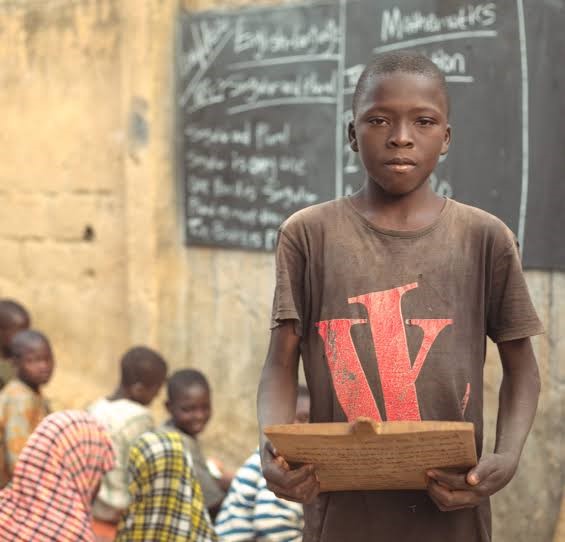Addressing the Menace of Out-of-School Children in Nigerian Primary Education

Addressing the Menace of Out-of-School Children in Nigerian Primary Education
The phenomenon of out-of-school children has become a persistent challenge in Nigerian primary education. Despite efforts by the government and other stakeholders to increase access to education, millions of Nigerian children remain out of school. This menace has far-reaching consequences, not only for the individual children but also for the country’s development and future.
The statistics are alarming. According to the United Nations Children’s Fund (UNICEF), Nigeria has the highest number of out-of-school children in the world, with over 10 million children aged 5-14 not attending school. This represents about 20% of the country’s population in this age group. The majority of these children are from disadvantaged backgrounds, including those from poor families, rural areas, and conflict-affected zones.
The causes of this menace are complex and multifaceted. Poverty, cultural and social norms, lack of access to schools, and poor quality of education are some of the factors that contribute to the high number of out-of-school children in Nigeria. In many cases, children are forced to work or engage in other activities to support their families, rather than attending school.
To address this challenge, the Nigerian government and other stakeholders must adopt a comprehensive and multi-faceted approach. First, there is a need to increase access to schools, particularly in rural and disadvantaged areas. This can be achieved through the construction of new schools, renovation of existing ones, and provision of necessary infrastructure such as classrooms, desks, and toilets.
Second, efforts must be made to improve the quality of education in Nigerian schools. This can be achieved through the provision of qualified teachers, relevant curricula, and adequate learning materials. Additionally, there is a need to promote a culture of learning and excellence in Nigerian schools, through initiatives such as teacher training, mentorship programs, and academic competitions.
Third, there is a need to address the social and economic factors that contribute to the phenomenon of out-of-school children. This can be achieved through initiatives such as conditional cash transfer programs, which provide financial incentives to families to keep their children in school. Additionally, efforts must be made to promote awareness about the importance of education, particularly among disadvantaged communities.
Finally, there is a need for increased collaboration and coordination among stakeholders, including the government, civil society organizations, private sector companies, and international development partners. This can be achieved through the establishment of a national coalition or task force, which can coordinate efforts to address the menace of out-of-school children in Nigeria.
Ultimately, addressing the menace of out-of-school children in Nigerian primary education requires a comprehensive and multi-faceted approach. It demands increased access to schools, improved quality of education, addressing social and economic factors, and increased collaboration among stakeholders. With collective effort and commitment, Nigeria can make significant progress in reducing the number of out-of-school children and promoting a brighter future for its citizens.






